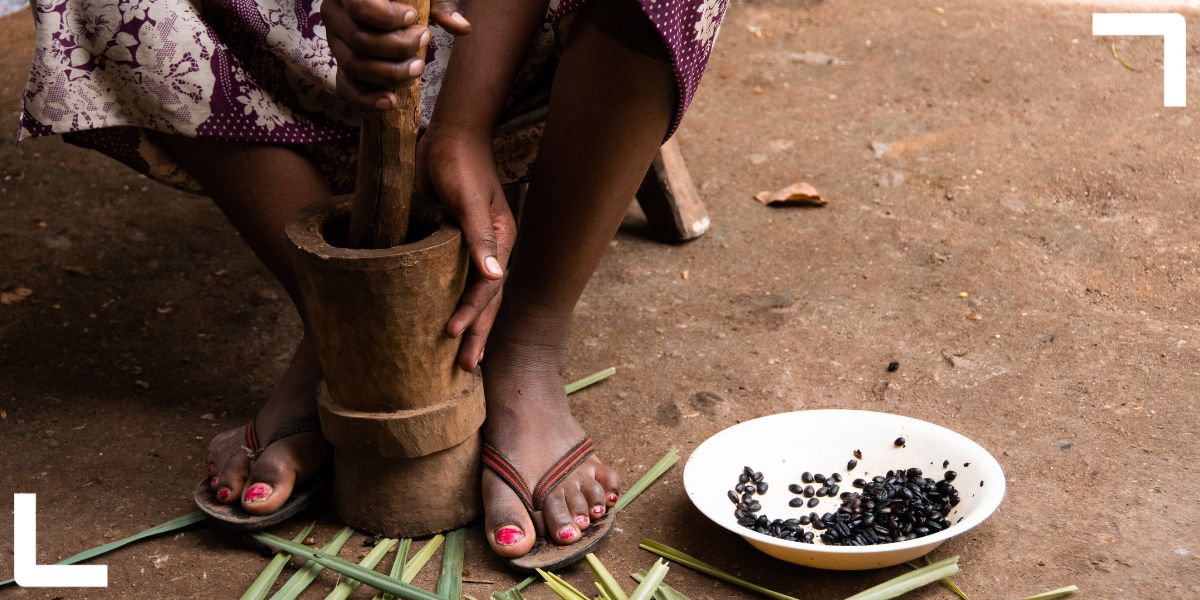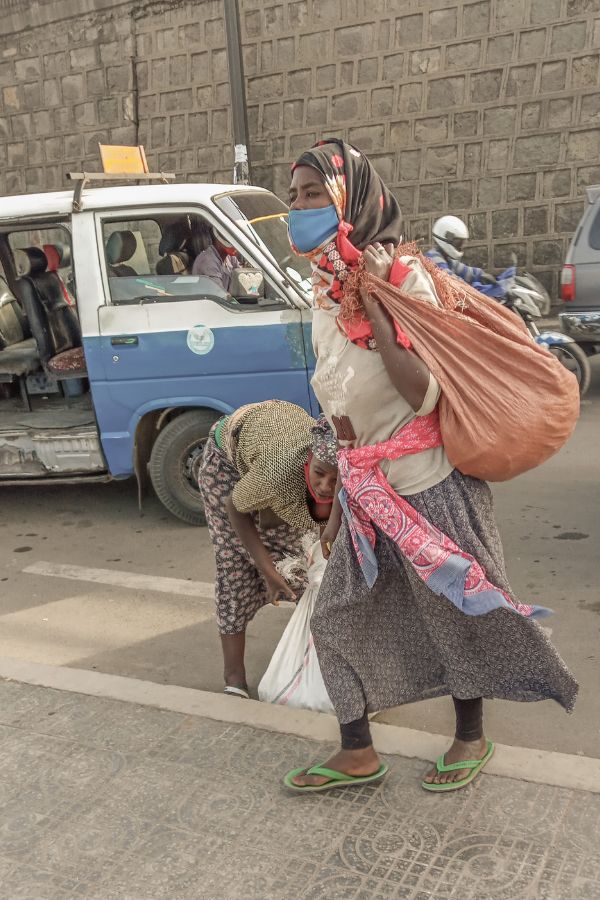“I have lived everything there is to be lived in this city. Now I need to leave because all that is left for me here is misery and I want a better life for my child.”
It is with these words that Tizita, a 21-year-old mother of one from Gojjam in northern Ethiopia, described her dismay at life in Addis Ababa when I interviewed her earlier this year. After living in the Ethiopian capital for eight years, she had had enough. Tizita was set on moving to one of the Gulf States, a part of the world from where many of the women she met on the street had returned from and were planning to re-migrate to. Having previously worked as a domestic worker in Addis Ababa, and having learnt that sex work was the only way to make “real money” in the city, the young woman remained focused on meeting the fundamental purpose of her migration project: transforming her life.
For Fikadu, a 27-year-old man from Wollega in western Ethiopia, the strain of life in the city is similar, yet different. Unlike for young women like Tizita, whose income-earning activities are overwhelmingly limited to domestic work, petty street work, commercial sex work and begging, the fractions of the informal economy available to migrant men are slightly wider. Nevertheless, this is not to say that times have not been hard. Having previously worked as a street vendor selling second-hand clothes, Fikadu has had to downscale his work and is struggling to meet the rising costs of food, rent, sending money to his family of origin, and realising his plans for the future:
“Our supplies disappeared and when they were back, the price went up by more than double. That was the end of it. Now I pay for my life here by selling socks, but I don’t let that dismay me. I remain focused on my plans of transforming my life here, and once things improve I will start saving for my own metalwork shop.”
The testimonies of Tizita and Fikadu form part of a longitudinal qualitative research project that maps the livelihood strategies of a sample of migrant youth in Addis Ababa at two points in time between 2018 and 2022. Drawing on these findings, this blog outlines some of the ways in which rural–urban migrant youth between the ages of 15-27 experience and counteract pressure. Through an exploration of migrants’ everyday strategies of navigating the city, findings presented here show how dealing with the intricacies of urban life relates intimately to the lives rural youth left behind and the imaginary futures they aspire towards, the ways in which youth relate to the social and economic responsibilities they carry, and the manner in which subjective pressure experienced by women and men has a compounding effect that further exacerbates the challenges migrant youth face.
“Surviving” the post-pandemic city
The aftermath of the Covid-19 pandemic and the strain of the internal conflict that has embroiled Ethiopia since late 2020 have worsened the quality of life for low-income urban dwellers living and working in Addis Ababa. With data drawn from a national labour and migration survey pointing to steadily rising rates of rural–urban migration in the Horn of Africa nation, for many rural youth, including those who form part of this research, migrating to the capital represented an extension of a broader household livelihood strategy in the face of income and food insecurity and an absence of employment opportunities outside of farm work, with many embarking on migration with the expectation of long-term economic gains.
For young rural women and girls who drop out of school, moving to Addis Ababa is associated with prospects of completing their education. Tizita’s parents paid a broker to take the young girl to the city where, as she was told, Tizita would earn her rent through “light work in a family house” while enrolled in school and focused on reclaiming the classes she needed to transform her life through an education. In reality, life in the city turned out to be far from what was promised and what the young woman had expected. After passing through several houses, becoming a parent through an unplanned pregnancy and transitioning into commercial sex work, Tizita described the impossibility of returning to her native village “empty handed”.
Tizita’s experience of life in Addis Ababa is different to that of rural men like Fikadu. Having moved to the city to join his brother at the age of 20 to work at a repairs shop, Fikadu’s absorption into the urban economy took place under the guidance of familial ties in the city, enabling the young man to build up assets through developing his human and social capital from his arrival. Although Fikadu’s relationship with his boss became strained with time, leading to him losing his job, as the young man described, “facing difficulty in a new place is easier when you have family there, or friends who become your family”. Nevertheless, similarly to Tizita, Fikadu does not contemplate on returning to his place of origin permanently, much less before due evidence of having arrived, seen and conquered the city through palpable economic returns.
Addis Ababa was not subjected to a hard lockdown, similar to those imposed elsewhere across metropoles throughout the continent in response to the Covid-19 pandemic. Yet consistent government advice on social distancing and reports of rising Covid-19 cases covered in the media daily meant informal workers experienced a steep decline in earnings, transforming the daily hustle for money for food, clothes, medication, and a mattress space to rent for the night, into the Labours of Hercules. As was described by informants in 2022, the economies of everyday life had become particularly difficult when compared to the cost of life in the city as when we first met in 2018: “This isn’t even life from hand to mouth. This is surviving and making it to tomorrow. I cannot give what I do not have” (Markos, 21-year-old man, street hawker).
Although Addis Ababa was not subjected to a hard lockdown, government advice on social distancing and media coverage of rising Covid-19 cases meant informal workers experienced a steep decline in earnings. Photo credit: Amanuel Sileshi / iStock
For migrant youth, the pressure of “surviving” the city was rooted in the inability of returning to the rural area and the necessity of succeeding in their migration project. Both these factors were particularly pronounced among young women who had become mothers during their time living in Addis Ababa, as was the case for Tizita, and those who earned a living through sex work, who described the impossibility of re-integrating into rural life having been “changed” by the city. The need to pool money to buy leftover food from restaurants, eating once a day, or skipping meals all together in order to buy medication to ease a toddler’s pain, meant that when migrant youth received word from their families in the rural areas, they stayed silent knowing they are unable to send the money their mothers, fathers and siblings are waiting for.
Moreover, although sex workers were the highest earners among interviewed youth both in 2018 and 2022 – with others engaged in street vending, street hawking and begging respectively – the ways in which streetwalkers related to their work as a temporary strategy highlighted the agency migrant women sourced from to navigate their household economies, in the absence of other employment opportunities or support frameworks to lean on, with a focus on the future: “It’s a life of trial here for a mother, and this work cannot give you peace or calm sleep. But it is only for the time being, I will stop this work as soon as I have some money saved” (Worknesh, 19-year-old woman, streetwalker).
“Living through” future imaginaries
Throughout their lives in Addis Ababa and both prior to and after the pandemic, migrant youth attributed a particular importance to their future aspirations, demonstrated in how youth navigate the challenges they face in the city and why they stay. As touched on in the introduction to this blog, these aspirations reflected gendered experiences of the city, compounded by the inability of migrant women to source from the full range of benefits attached to social capital – namely in developing their asset bases – in comparison to their male counterparts. Devising coping strategies and approaches to realising their aspirations, drawing on resources youth possess and based on a combination of testimonies of success stories, collective beliefs about the best possible option – and ideas of what may or may not be a feasible way forward – entrepreneurship was the goal for men like Fikadu, while for women like Tizita, migration abroad was identified as the sole gateway to a better future.
As theoretical advances concerned with the production of aspirations suggest, such ideas about what is possible and for whom do not appear in a vacuum, and are a product of collective orientations towards a desired future drawn from specific geographies, histories and norms. Nevertheless, the path to realising aspirations for migrants – particularly young women with children, who relied solely on their labour for self-sustenance, while leaning on the support of their peers with similar asset portfolios, economic capacities and vulnerabilities as them – showed to be paved with stumbling blocks due to the structural contexts they emerge from. Respondents described forming savings groups – namely in the form of iqub ROSCA schemes, which carried a significant degree of social importance – designed to facilitate access to informal finance in the absence of access to formal banking institutions. Yet having the means to participate in collective micro-financial schemes meant that borrowing money became part of a balancing act between making ends meet and living under crippling debt. This was particularly the case for youth under pressure to send remittances to their rural families of origin.
While only a small fraction of respondents attested to sending remittances to their rural families during interviews conducted in 2018, during fieldwork conducted in 2022, respondents described lending and borrowing practices for the purpose of sending money home regardless of their circumstance, explaining that life in the rural areas had not improved either. For women who begged for a living but who had previously worked as street traders, defaulting on loans from fellow traders, neighbourhood shop owners and suppliers was described as the reason why they were unable to maintain their income-earning strategies and why the social networks that sustained their work had disintegrated.
For those who described shrinking earnings in the weeks preceding our interviews, avoiding certain people and areas of the neighbourhood had become the norm in an effort to save themselves from extorsion, while others described moving to other neighbourhoods entirely. For migrant men, many of whom associated the importance of economic transformation with the prospects of marriage and a family of their own, existing debt was deepened by involvement in what respondents referred to as “bad habits”, introduced by youth who they described had “allowed the city to get the best of them”. These habits consisted of substance abuse – namely drinking, smoking and chewing khat – as well as sports and lottery betting and, in some cases, experimenting with prescription medication: “With all the bad things that surround us here, I say it is fine to live through this and rejoice when things are better.” (Yohannes, 27-year-old man, street vendor).
“In their efforts to confront the pressures of everyday urban life, characterised largely by waiting for a break or opportunity, the strategies youth devise to break out of these cycles of waiting carry their own weight and risk worsening their lives while on hold.”
As such, the mounting nature of pressure as a product of aspirational strategies compounds the existing strain of meeting everyday economic obligations attaching to living in a post-pandemic Addis Ababa for migrant youth. While describing the pace of life as one lived “slowly by slowly” (one day at a time), the days youth spend in the city are explicitly future-orientated, turning aspirations and the realisation of desired futures into the reason why the city is endured.
For migrant youth, the pressure of “surviving” and “living through” the city then becomes a layered experience. In their efforts to confront the pressures of everyday urban life, characterised largely by waiting for a break or opportunity, the strategies youth devise to break out of these cycles of waiting carry their own weight and risk worsening their lives while on hold. For Tizita and Fikadu, these layers of pressure are subjective in essence and, as such, embodiments of the gendered experience of the social and economic fabric of the urban. As outlined in other blogs in this series, the prospects of an alternative conceptualisation of everyday lived realities of subjective pressure offer new insights into the ways in which urban dwellers in post-pandemic societies throughout Africa navigate the economic strain of mounting responsibilities, social expectations and gendered inequalities in living, planning and aspiring.
This article is adapted from a version that originally appeared on the Developing Economics blog.
Header photo credit: Taylor Flowe / Unsplash. Woman grinding coffee beans, Ethiopia.
Note: This article presents the views of the author featured and does not necessarily represent the views of the African Cities Research Consortium as a whole.
The African Cities blog is licensed under Creative Commons Attribution-NonCommercial-NoDerivatives 4.0 International (CC BY-NC-ND 4.0), which means you are welcome to repost this content as long as you provide full credit and a link to this original post.



